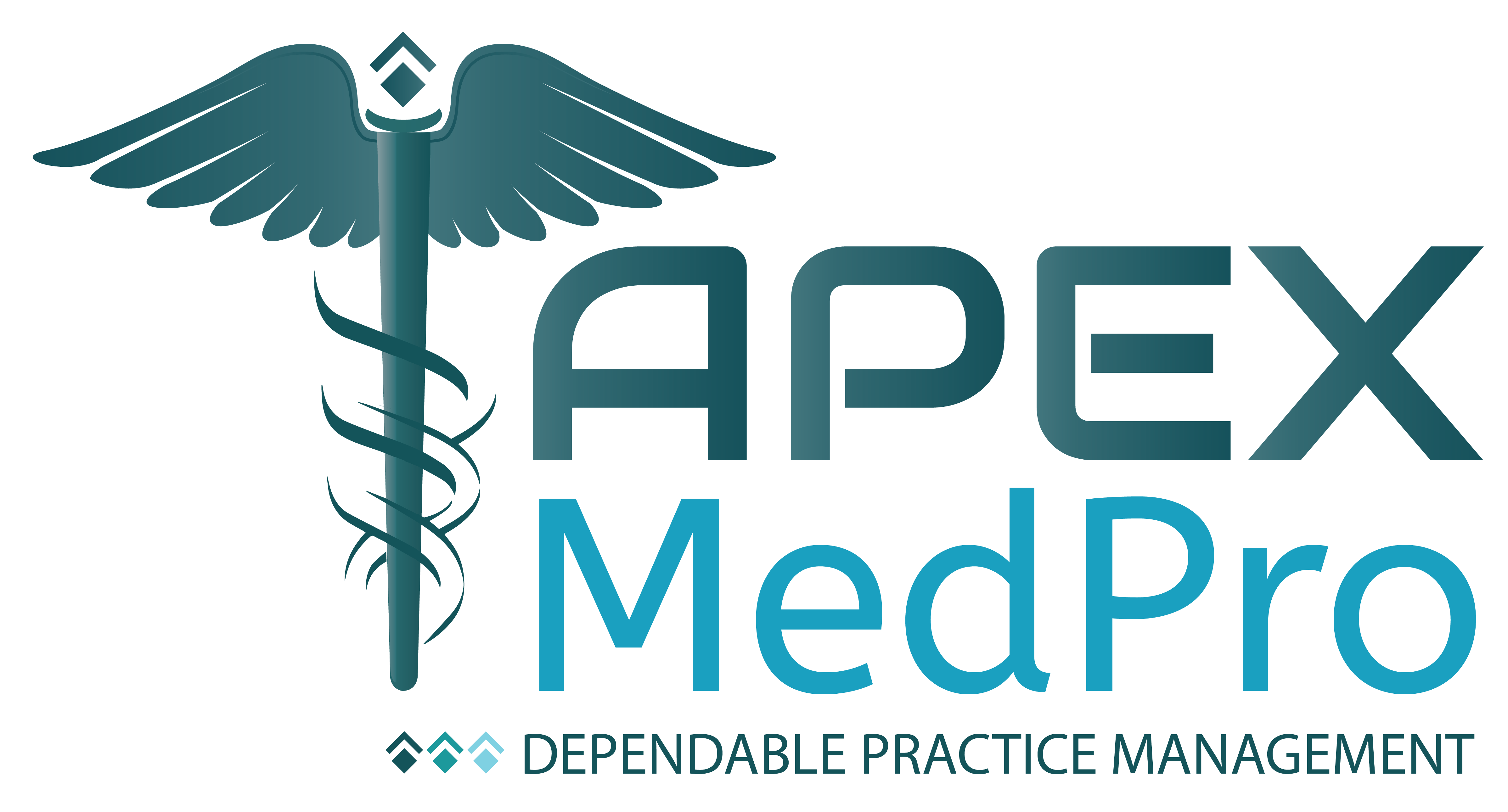The International Classification of Diseases, Tenth Edition (ICD-10) is a clinical cataloging system that went into effect for the U.S. healthcare industry on Oct. 1, 2015, after a series of lengthy delays. Accounting for modern advances in clinical treatment and medical devices, ICD-10 codes offer many more classification options compared to those found in the predecessor ICD-9.
Within the healthcare industry, providers, coders, IT professionals, insurance carriers, government agencies and others use ICD codes to properly note diseases. Healthcare professionals use ICD codes for the identification of health conditions and assistance in medical reimbursement decisions.
The World Health Organization (WHO) owns, develops and publishes ICD codes, and national governments and other regulating bodies adopt the system.

In the U.S. ICD-10 is split into two systems: ICD-10-CM (Clinical Modification) for diagnostic coding and ICD-10-PCS (Procedure Coding System) for in-patient hospital procedure coding. These U.S. specific adaptions conform to WHO’s ICD-10 layout while allowing for additional details found in U.S. healthcare. The U.S. took a similar approach with ICD-9-CM and ICD-9-PCS.
ICD-10 Code Transition
For U.S. healthcare industry transition to ICD-10 is a colossal challenge. ICD-9 includes around 13,800 numeric diagnostic codes of up to five digits while ICD-10 includes around 69,000 alphanumeric codes of up to seven digits.
The reason for this transition was to specify information which was not possible in ICD-9.
ICD-10 Code Transition
For U.S. healthcare industry transition to ICD-10 is a colossal challenge. ICD-9 includes around 13,800 numeric diagnostic codes of up to five digits while ICD-10 includes around 69,000 alphanumeric codes of up to seven digits.
The reason for this transition was to specify information which was not possible in ICD-9.
ICD-9 codes do not include:
- Precise medical descriptions
- Risk and severity identification
- Diseases symptoms distinction
With the introduction of ICD-10 codes providers have a better understanding of their patient’s condition with more precise indications. Now provider has the means to make more informed clinical decisions and provide more specific healthcare management.
ICD-10 codes include:
- More details in diseases data and patterns
- Improved accuracy of diagnosis codes
- Omission of errors leading to payment efficiency
- Updated disease classifications and medical terminology
- Identification of complex issues for better patient treatment and reimbursement
ApexMedPro will help its clients by providing smooth transition to ICD-10. We will implement a strategy to assess the impact on your organization and prepare a timeline and budget.
ICD-10 FAQs
Q. Does ICD-10 affect CPT codes?
Q. Will providers be able to use ICD-10-CM/PCS codes on claims prior to the October 1, 2015 implementation date?
Q. Will my staff and I need training for ICD-10?
Q. Will workers comp and auto insurance payers continue using ICD-9, even after the ICD-10 transition?
Q. What is the major change that a provider will have to face by ICD-10?
Mentioned below is the suggestive analysis for you to focus on:
- Document disease type
- Document disease acuity
- Document site specificity
- Document disease stage
- Document laterality
- Document combination codes
